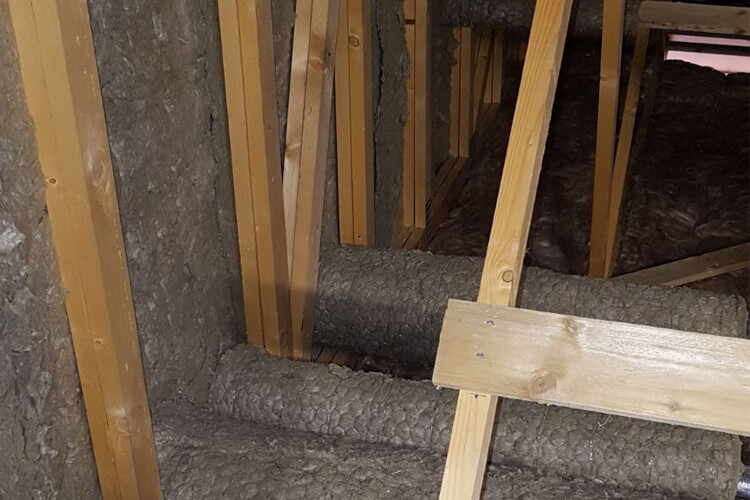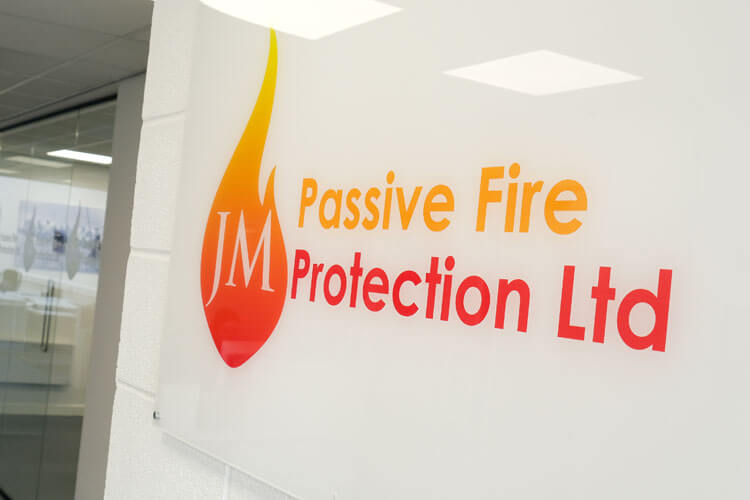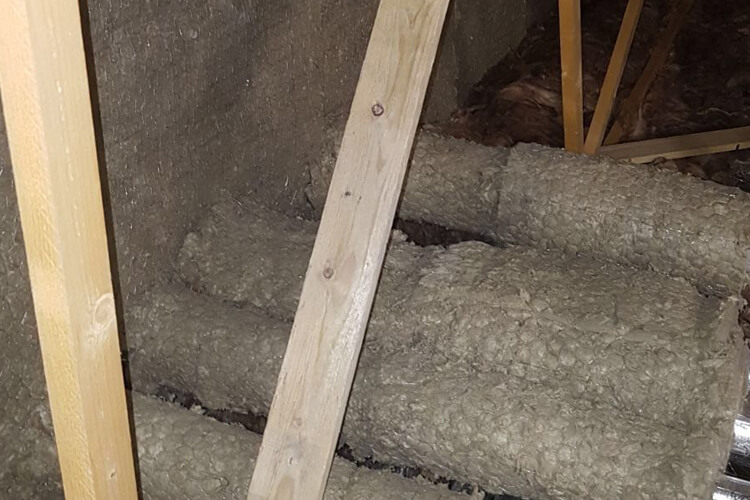
What Is A Cavity Fire Barrier?
A cavity wall is two walls with a gap in the centre. These walls are normally made from masonry brick, and they are sometimes filled with insulation to trap the heat. A cavity wall aims to prevent any moisture from the outer leaf from absorbing into the brickwork and penetrating the building.
While cavity walling offers many advantages, they have some notable disadvantages, especially regarding fire protocol. Since flames can easily rise through this cavity, a suitable barrier is required to prevent the fires from spreading. This is known as a “cavity barrier”, and they are becoming common.

The Importance Of Cavity Barriers For Fire Resistance
When it comes to fire security, prevention is the best option. Obviously, this starts with safeguarding against potential fire with suitable infrastructure and training. But in the event of a fire, the flames quickly spread, consuming a building and putting lives at risk. That’s where cavity barriers come in.
In the absence of cavity barriers, the flames are free to spread. They heat up the walls and floors, causing them to burn, then reach into the cavity wall where they can grow easily. Modern buildings stop this by putting cavity barriers in place, they expand and prevent the fire from spreading.

Why Choose JMPFP To Install Your Fire Cavity Barrier?
We are an established community of experts in fire protocol, protection, and prevention. Not only do we have a team of experts with extensive knowledge and skills who can offer the best advice based on experience – but we also have professional accreditations in various fields.
When you partner with JMPFP to safeguard your building from unforeseen events, you gain access to an expert community and a wide range of services; these include structural steelwork protection, fire compartment floor and wall protection, fire door installation, fire door inspection, and much more.

Contact Us Today!
Frequently Asked Questions
Are Cavity Barriers Essential For Effective Fire Protection?
Flames spread in a building because of the materials in the room, the size of the room and the nature of the building – does it have fire doors, for instance. But it also spreads because of gaps in the walls that allow the fire to feed itself and grow. So again, cavity barriers prevent this from happening.
Cavity barriers are a filling that fits in the wall between the brickwork. It is made from a special material that is sensitive to heat and expands when in contact with fire. This makes the walls flame resistant. Cavity barriers are essential in modern buildings for fire security and risk reduction.
Are Fire Cavity Barriers Required In Every Compartment Wall And Floor?
Cavity barriers need to be installed in cavity walling and floors to prevent the spread of flames. Fire can spread very easily through cavity walling and floors because it reaches for space and air, which are plentiful in this sort of construction. Therefore, a cavity barrier installation is an ideal solution.
If you install a cavity barrier in your building, it will have to be installed in all cavity walling and flooring that meets the regulatory requirements. These barriers should be installed at the junction between the external cavity wall and internal cavity wall and in any fire compartment walls.
Do Building Regulations Require Cavity Barriers To Be Installed?
Building standards have changed, and all modern buildings that use cavity walling and flooring must install barriers for fire security. The building regulations state that cavity barriers must be provided to sub-divide external wall cavities and close the edge of concealed cavities. It makes buildings safer.
There are specific junctions where barriers need to be fitted to prevent the spread of flames; regulations also state that cavity barriers shouldn’t be used to complete a compartment wall. However, building standards now require cavity barriers to improve the fire safety of modern buildings.
Is There A Difference Between Cavity Barriers And Cavity Closers?
Both cavity barriers and cavity closers are materials placed in the cavity walling of a building to prevent the spread of flames – so what’s the difference between these two materials? Firstly, it’s the material itself. A cavity closer is made from a material that is not flame-resistant, it’s a barrier that can burn.
On the other hand, a cavity barrier is made from a flame-resistant material that expands when it comes into contact with heat. This expansion activity inhibits the passage of flame through a building and makes a very effective barrier on a compartment floor.
